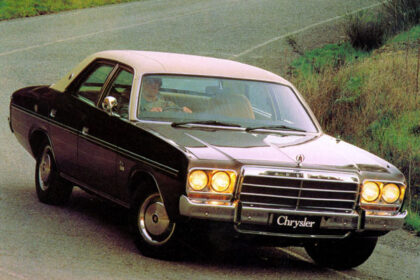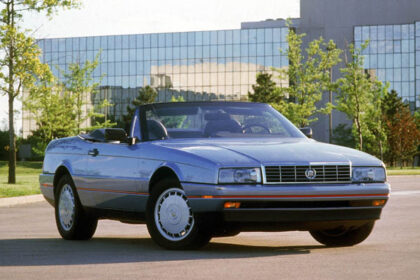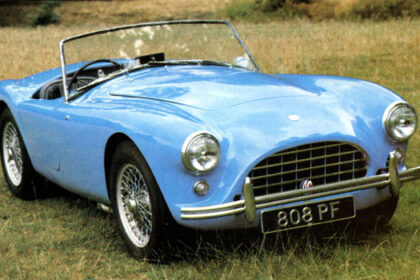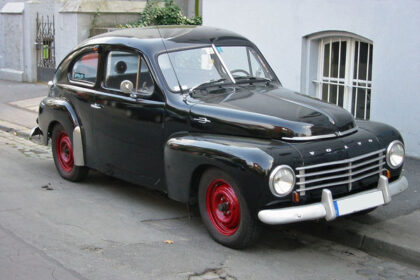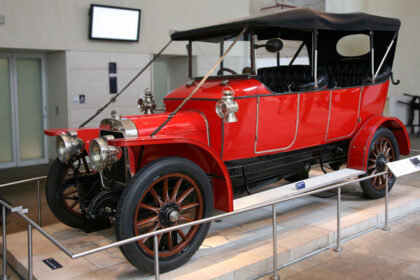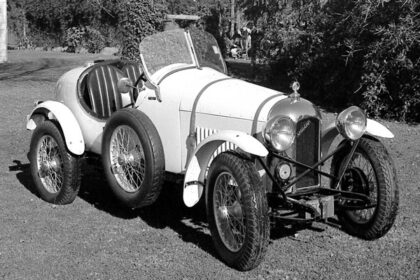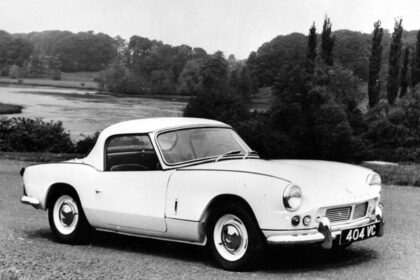DODGE VIPER

First shown at the 1989 Detroit Motor Show as a concept car the Dodge Viper was a real crowd pleaser. The fact that Carroll Shelby, the legendary creator of the Cobra had acted as a consultant to Chrysler in the car’s design greatly assisted in boosting its image. Chrysler was so pleased with the public reaction that they immediately set about forming a design team to rush the car into production. Thirty months later the Viper started to appear in Chrysler showrooms across the USA. By the use of a… Read more




